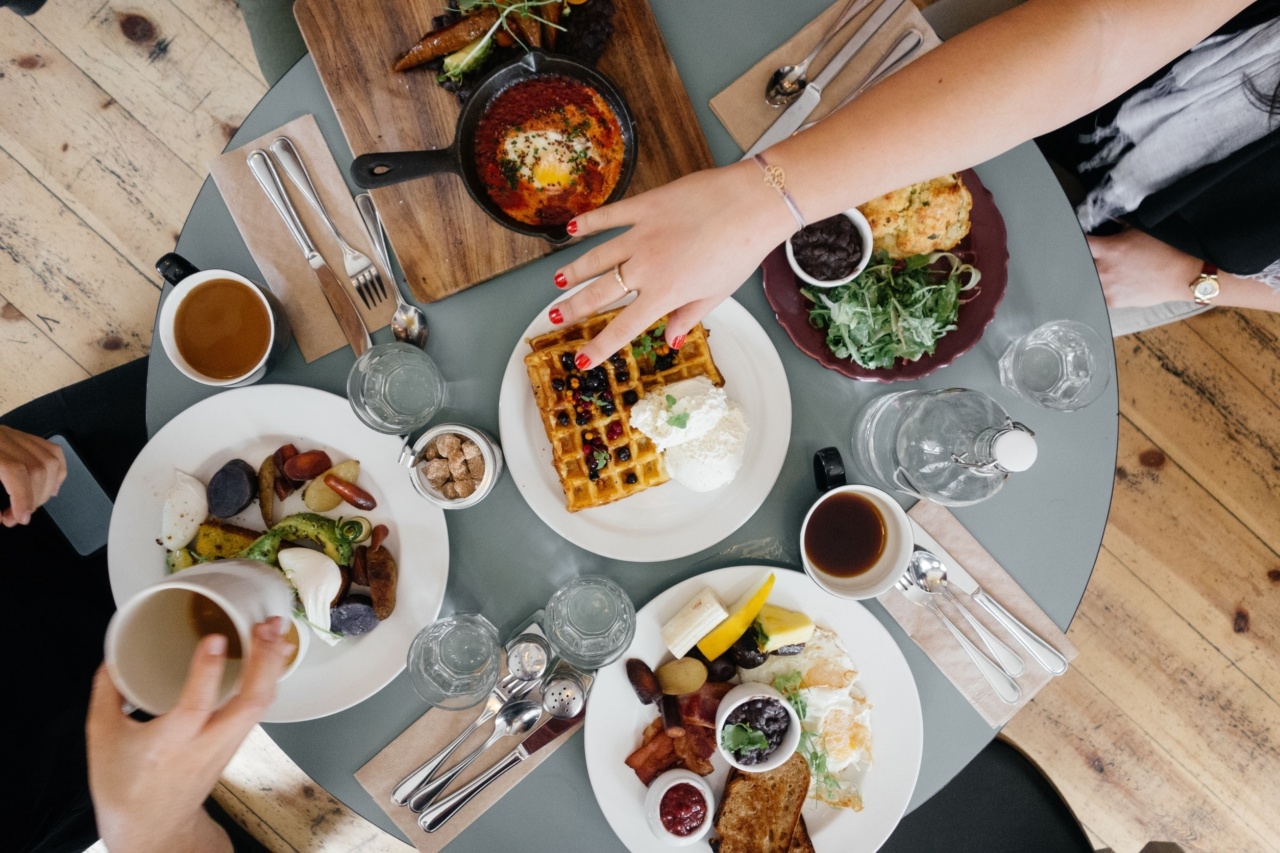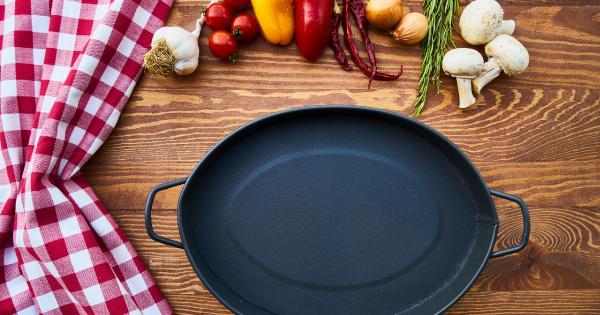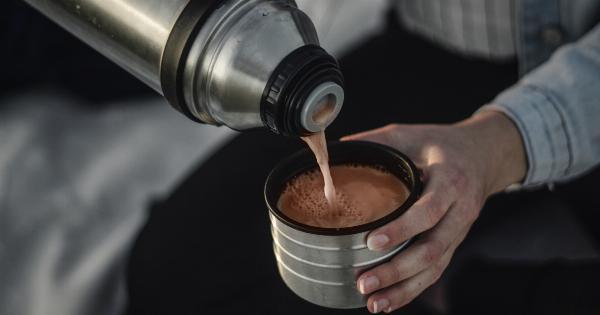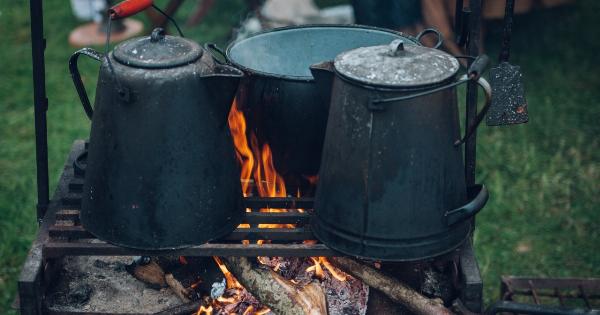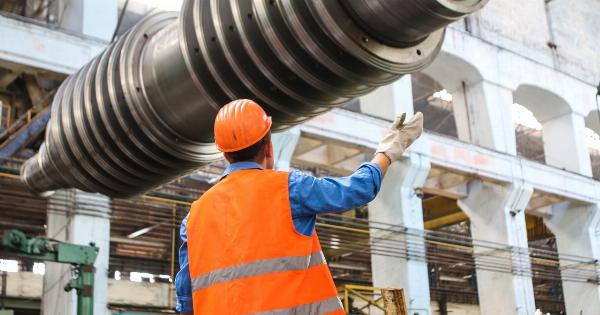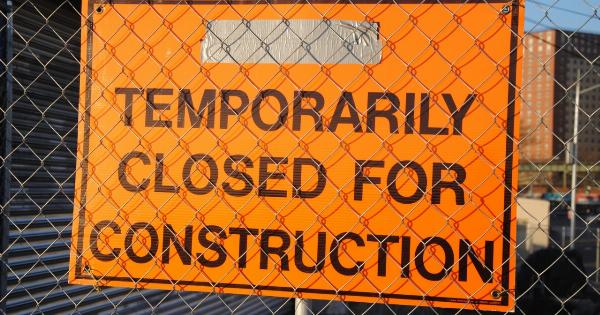Iron is an essential mineral that plays a crucial role in the body. It is responsible for the production of hemoglobin, a protein in red blood cells that carries oxygen to various parts of the body.
Iron also helps in energy production and supports a healthy immune system. While meat is often hailed as the richest source of iron, there are plenty of plant-based alternatives available for those who follow a vegetarian or vegan diet.
In this article, we will explore various ways to increase iron intake without consuming meat.
1. Legumes and Beans
Legumes and beans are excellent sources of iron, especially for those who do not eat meat. Lentils, chickpeas, kidney beans, and black beans are packed with iron and other essential nutrients.
Including a variety of legumes and beans in your diet can significantly boost your iron levels. These versatile ingredients can be added to salads, soups, stews, and stir-fried dishes for a nutrient-rich meal.
2. Leafy Green Vegetables
Leafy green vegetables like spinach, kale, Swiss chard, and collard greens are loaded with iron. They are also rich in vitamin C, which enhances iron absorption. Incorporating these greens into your diet can help increase your iron intake.
You can add them to salads, smoothies, soups, or sauté them as a side dish.
3. Nuts and Seeds
Nuts and seeds are not only a great source of healthy fats but also provide iron. Almonds, cashews, pumpkin seeds, and sesame seeds are particularly good choices. They can be eaten as a snack, added to salads, or used as a topping for various dishes.
4. Whole Grains
Whole grains such as quinoa, oats, brown rice, and millet contain iron as well as other vital nutrients. These grains are a substantial addition to a vegetarian or vegan diet as they offer a good amount of iron.
Include whole grains in your meals in the form of porridge, salads, or as a side dish.
5. Fortified Foods
Many foods are fortified with iron to help meet dietary needs, especially for those following a plant-based diet. Look for iron-fortified cereals, bread, and plant-based milk alternatives.
Check the labels to ensure the products contain a significant amount of iron.
6. Dried Fruits
Dried fruits such as raisins, prunes, dates, and apricots are not only delicious but also rich in iron. They make for a convenient and healthy snack, and can also be added to cereals, oatmeal, or trail mix for an extra iron boost.
7. Tofu and Tempeh
Tofu and tempeh, made from soybeans, are excellent sources of iron for vegetarians and vegans. They are also packed with protein and other essential nutrients.
Incorporate tofu or tempeh into stir-fries, curries, or sandwiches to increase your iron intake.
8. Spirulina
Spirulina is a type of blue-green algae that is rich in iron and other nutrients. It can be consumed in powder or tablet form and is often added to smoothies or used as a supplement.
However, it is essential to consult a healthcare professional before incorporating spirulina into your diet.
9. Cooking in Cast Iron Cookware
Cooking food in cast iron cookware can increase the iron content of your meals. The iron from the cookware leaches into the food during cooking and provides a small but significant amount of dietary iron.
This method is particularly beneficial when cooking acidic foods such as tomatoes or lemons.
10. Pair Iron-Rich Foods with Vitamin C
Vitamin C enhances iron absorption and can help maximize the amount of iron your body absorbs from plant-based sources. Pair iron-rich foods with vitamin C-rich foods such as citrus fruits, berries, tomatoes, and peppers.
For example, squeeze lemon juice over your leafy green salad or snack on an orange after a meal to optimize iron absorption.
Conclusion
Getting enough iron on a vegetarian or vegan diet is entirely possible by making smart food choices. Incorporate iron-rich plant-based foods such as legumes, leafy green vegetables, nuts, seeds, whole grains, and fortified foods into your meals.
Additionally, consider cooking in cast iron cookware and pairing iron-rich foods with sources of vitamin C to maximize iron absorption. By following these tips, you can ensure you are meeting your iron needs without consuming meat.
